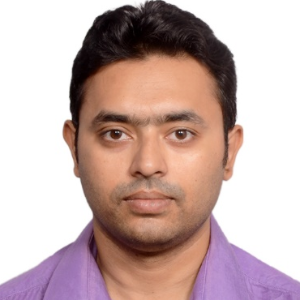Abstract:
Background: Thymoma comprises 20% of all mediastinal neoplasms and 50% of all primary tumours in the anterior compartment. Thymic surgery has undergone a paradigm shift in approach from being transcervical to Video assisted. Video assisted thymectomies in selected patients can decrease the inherent morbidities of a transternal approach, while achieving similar therapeutic benefits.
Aim: To analyse the technical key points, morbidity and outcomes associated with video assisted thymectomy in early stage thymoma (Masoaka stage I or II) with myasthenia gravis.
Method: This was a retrospective analysis of 24 patients with thymoma and Myasthenia Gravis Foundation of America (MGFA) class II to IV myasthenia gravis who underwent video assisted thoracoscopic thymectomy in our institution from May 2013 to May 2018. We included all patients with thymomas which on CECT did not show infiltration of the surrounding structures and were <5cm. All patients were operated under GA with a single lumen tube with controlled CO2 pneumothorax with right or left thoracocopic approach.
Results: 75% of the patients were male in our case series and 63% belonged to 20-40 years of age. Only 8% of the patients belonged to <20 years of age. Mean operative time was 164 +/- 8.65 min in VATS. Blood loss in VATS was 178 +/- 47ml. Mean chest tube duration was only 3.2 days. Duration of stay in the hospital was on an average only 3.2 +/- 1.45 days days. Mean VAS pain scale for VATS patients was only 3.5 +/- 1.08. Post operative complication occurred in 8.3% of the patients. 50% of the patients achieved complete remission of their myasthenia gravis symptoms and were free of any treatment.
Conclusion: From out study, it can be concluded that VATS thymectomy in selected patients is a safe and minimally morbid operation and is asscociated with decrease in length of hospital stay, decreased post operative complications, reduced pain and requirement of analgesia with reduced or similar operative time, while achieving excellent remission rates for myasthenia gravis.
Audience Take Away Notes:
- This study enlists our institutional experience in managing Myasthenia Gravis patients with Thymoma using the technique of VATS thymectomy
- MGFA Class II and IV patients with <5cm tumors were involved in the study
- It provides the evidence that VATS thymoma is a safe, feasible and an excellent technique with good resolution of MG symptoms
- The result can help in designing randomized control trials for open transsternal and VATS thymectomy




